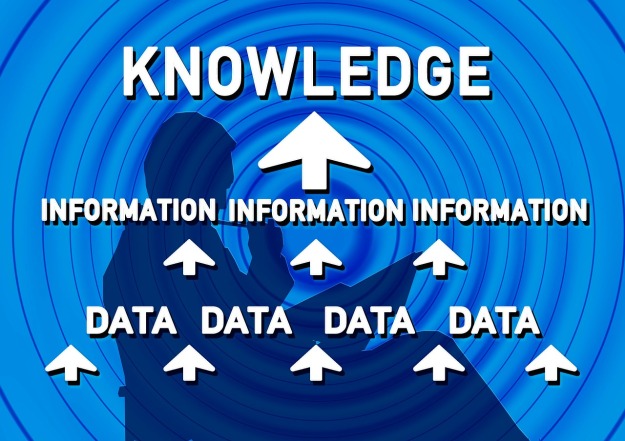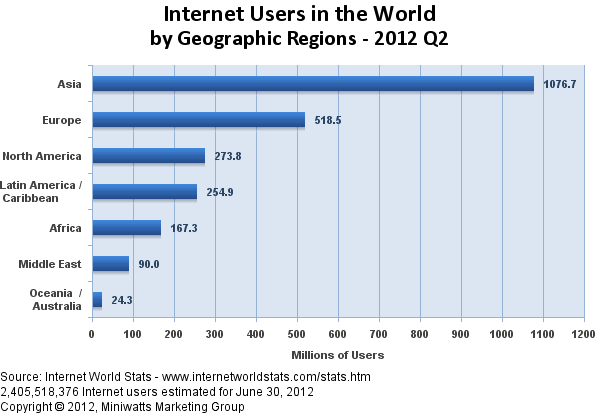E-Learning Program Readiness Study
by Mark Sivy
When considering the development of an e-learning training and talent development program, whether from the ground up or as an addition to an existing program, a thorough readiness study helps ensure its success. A viable analysis will not be limited to a mechanical human resources or accounting approach that views learners as numbers or automatons, but will also include organization goal and a humanistic assessment and incorporation of learner needs, abilities, and motivations. This comprehensive analysis not only ensures that learners are being offered necessary information and skills, but that they are also receiving these in a manner that is personalized, tangible, and applicable. Having an academic plan is as essential as a business plan. In other words, if an organization is serious about the return on their training and talent development investment, much more is involved in offering e-learning than purchasing off-the-shelf modules and running employees through a learning mill.
A Comprehensive Approach
My recommendation for a readiness study is that it incorporate a comprehensive strategy that examines all aspects of the e-learning undertaking. This methodology will merge the processes and results of a typically business-oriented feasibility study with those of a needs assessment, producing a program that benefits the organization and the people involved. The rationale for this is to secure optimal short-term and long-term outcomes.
A Standard Feasibility Study (the business side)
A good feasibility study for an e-learning project would most likely adhere to a traditional format, with special attention given to communicating with all stakeholders or their representatives throughout the process. Typical components of the feasibility study are:
- Executive Summary. The executive summary provides an overview of the content contained in the feasibility study document. This section is written after the rest of the document is completed.
- Introduction. Describes the reasons for the concept or project and also the intended outcomes from the feasibility study.
- Scope. The scope statement describes the study as it relates to the project, stakeholders, and those who it will impact.
- Terms and Acronyms. Provides a definition of the terms and acronyms used in the study document. This section to be comprehensive and to provide a clear and common understanding. This is particularly important when team members are internationally dispersed or have different cultural backgrounds.
- Project Overview. Offers a brief overview of the proposed project and serves as a reference point for the remainder of the document.
- Description of Objectives, Products and Services. This section provides a more detailed description of the objectives, products and/or services which are being considered as part of the feasibility study.
- Assumptions. Determine the project assumptions, such as operational life of the proposed systems, maintenance, training, sustainability, and scalability.
- Consequences and Risks. Includes consequences of not taking appropriate action, what delays and risks might occur during work, and what delays and risks can be tolerated.
- Alternatives. Describes an alternative(s) to the suggested system and states the reasons why the alternative system(s) was (were) not selected.
- Technology Considerations. Explains considerations the organization must make with regards to technology, including hardware, software, infrastructure, skills, and interfaces.
- Competitor Analysis. This section provides an assessment of what is known about existing domestic and overseas competitor’s programs.
- Marketing Strategy. States how will this program’s offerings be promoted.
- Training and Talent Development. Presents the instructional methodology, design, and deployment aspects. This section is highly dependent upon the parallel Human Needs Assessment findings.
- Staffing and Organization. This examines the people who are needed to implement the program, including skills, backgrounds, and knowledge.
- Timeline. This section provides the project schedule, which serves as a guideline and includes major milestones and estimated time frames.
- Benefits. It’s important that the feasibility study captures the essential outcomes of the project that is being considered as well as how it benefit the organization, workforce, end-users, and clients.
- Financial Projections. This section provides a description of start-up costs, operating costs, revenue projections and profitability.
- Outcomes and Recommendations. This section will summarize the outcomes of the feasibility study and explain what course of action is recommended. This section may include advantages and disadvantages of doing the project and suggestion to enhance project success.
A Needs Assessment (the academic side)
A needs assessment is a process of determining the gaps that exist between present circumstances and desired circumstances. A comprehensive assessment is recommended and includes not only establishing both existing needs, but also providing direction to possible solutions. This process should establish organizational, occupational, and individual needs.
- Need for Change. This can be caused by such factors a change in business or social climate, reduction in expected organizational outcomes, introduction of a new regulation or operational system, or increased employee apathy / turnover.
- Project Team. Development of the core group that provides project continuity.
- Stakeholders. Identify those individuals and groups who will have an interest in or be impacted by the project. Representatives from this collective will be involved necessary times and will be recipients of ongoing communication.
- Purpose. Define the goals and objectives that will give the research direction.
- Literature Review. Conduct literature search for existing information resource, learning theory, and research findings
- Data Collection. Methods of gathering data will depend on the circumstances. Various means include interviews, job descriptions, observations, and surveys. Included in this process is the need to identify the study population, determine sampling requirements, and designing the data acquisition instrument(s).
- Data Analysis. Once the data has been gathered, it needs to be analyzed using the appropriate methodology (substantiated by theory and performed by experienced researchers)
- Study Report. This includes stating the findings, discussing their meaning and significance, and making implementation recommendations.
- Vetting. The report is distributed, focus groups are convened, points are explained and discussed, and stakeholder input is taken.
- Final Report. This incorporates the study report, information gained during the vetting process, and any other additions.
Final Words
The e-learning program feasibility study and needs assessment should be initiated and managed by a mutual project team. The goal is for the two studies to interact with one another in an organic manner, rather than being performed in individual vacuums. Depending upon the program being considered, common points of shared information will exist throughout the processes and should be leveraged.
Reflection Point – “If you don’t know where you are headed, you’ll probably end up someplace else.” ~Douglas J. Eder, Ph.D



















